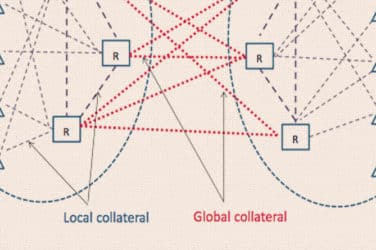
With existing regulation in Asia and impending regulatory change in Europe, shortened settlement cycles will soon be a reality for most firms.
However, according to an industry survey by post-trade service provider Omgeo, 50% of market participants are making no preparation for two-day settlement, referred to as T+2. This is despite the fact that 60% of respondents considered the timely receipt of trade details from counterparties to be the most crucial determinant of success.
“The global move towards reducing operational risk coupled with the drive towards shortening settlement cycles will require investments in automation across the trade lifecycle,” said Matthew Nelson, executive director of strategy at Omgeo.
“Europe has already agreed to shorten the settlement cycle across the European Union to T+2 in 2014, and Sifma [the trade body for banks and asset managers] and the DTCC [the U.S. securities post-trade group] are currently investigating shortening the settlement cycle in the U.S. These are major initiatives that will require investment over the next several years to comply.”
The study, based on a survey with responses from 590 custodian banks, broker-dealers, fund managers and other financial institutions in Asia-Pacific, North America and Europe, focuses on the industry’s readiness for shortened settlement cycles.
Awareness of the case for shortening the settlement timetable is the highest in Europe (59%), which is poised to move from largely T+3 to T+2 by mid-2014 ahead of the implementation of Target2Securities, which is a scheme intended to streamline settlement across the region, and in Asia-Pacific (22%), where a number of markets already settle on T+2. In North America (6%), awareness of shortened settlement cycles is the lowest, with the topic only starting to re-emerge following a recent study by the Boston Consulting Group that estimates that it would take three years to move the U.S. securities industry from T+3 to T+2.
In terms of achieving T+2 settlement, the survey found that 60% of respondents considered the timely receipt of trade details from counterparties the most crucial determinant of success.
A separate study by London-based Gresham Computing, a provider of transaction control solutions to international financial institutions, found that the financial institution’s readiness for real-time reconciliation is lacking.
The study found that 60% of financial institutions have not yet embarked on real-time reconciliation for any of their asset classes and do not expect to be in a position to move to real-time reconciliation by the end of 2013, and 89% of respondents encounter delays or problems when on-boarding new financial products and putting the necessary risk controls in place.
“The vast majority are struggling to on-board new financial transactions in a timely and cost-effective way and many are still using workarounds in Excel,” said Neil Vernon, development director at Gresham Computing. “New regulations are now putting them under pressure to put in place enterprise-grade solutions that allow rapid on-boarding of new financial products as well as real-time reconciliation.”
New regulations such as Basel III and Dodd Frank are expected to result in additional reconciliations required between different systems—for example to ensure margin calls from central counterparties are reconciled in real-time, as there may only be a matter of minutes to deliver collateral to satisfy the margin call.
Failure to do so may result in the wrong amount of collateral being delivered with consequent opportunity costs and increased manual workloads.





